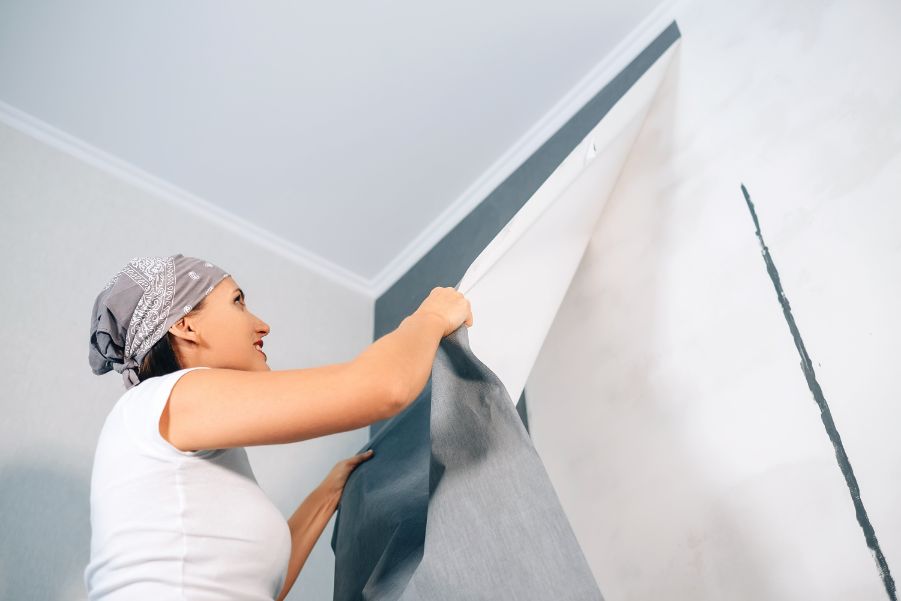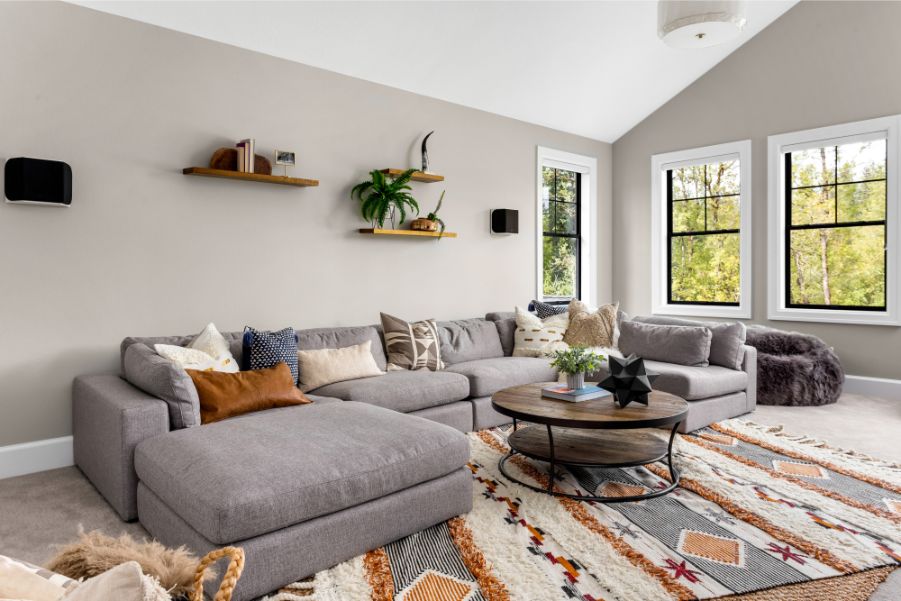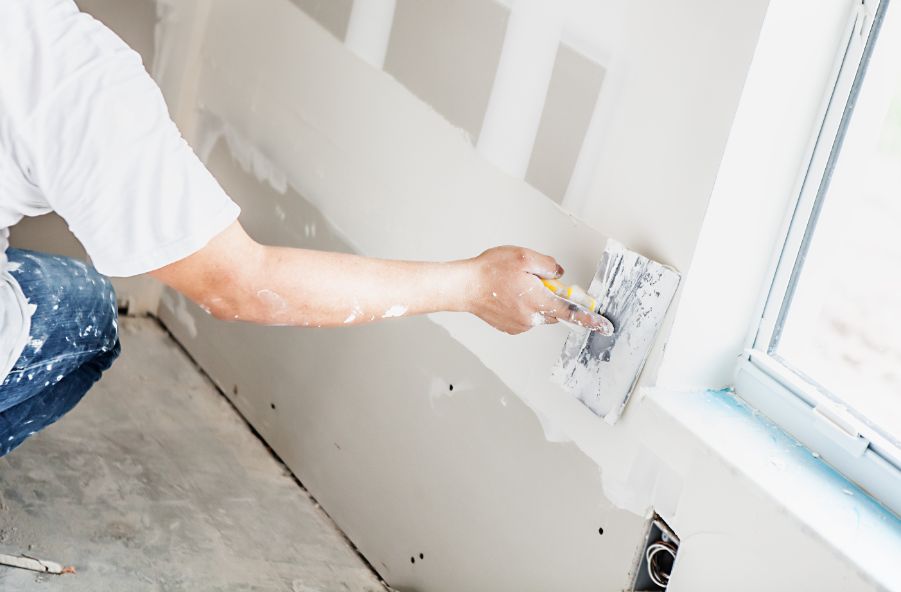Your Guide to the Easiest Way to Remove Wallpaper

Removing wallpaper can be a messy, time-consuming job. With the right expertise, supplies, and time, wallpaper removal can be done well and efficiently.
Inspect the Existing Wallpaper
Before painting or re-papering, removing the old wallpaper is a must. And the type of wallpaper you have may determine the tools you use or the way you use them. Knowing that can help you decide the best way to remove it.
Wallpaper typically comes in three types: strippable (the easiest to remove), traditional (a little more time-consuming), and coated (a more complicated wallpaper removal).
- Strippable wallpaper is just that – able to be removed by simply pulling it off without perforating or applying water or steam.
- Traditional wallpaper is tougher to remove. This is due either to the type of adhesive that was used or because the adhesive has become one with your drywall. The best way to get this stuff off is to get it wet.
- The quality that makes the third paper, vinyl- or laminate-coated, so great on the wall makes it such a pain to remove. Because it’s meant to be washable and impervious to water, you have to perforate the paper before you can strip it.
Prep First for Best Results
Like with painting, prepping first can make the job a whole lot easier and tidier. Before removing any wallpaper, take these steps:
- Remove all of the wall plates from electrical outlets and light switches.
- Tape over the outlet and switches (this will stop water and moisture incursions).
- Put down a drop cloth to catch wet wallpaper.
- Tape any floorboards and wainscoting to prevent damage.
Remove Strippable Wallpaper

Keep your fingers crossed that what you have is strippable wallpaper. Use a putty knife to pull up a corner of a strip gently, being careful not to gouge the wall. Then pull the paper gently at an angle, rather than holding it out straight or yanking it off. This will minimize wall damage.
If that works, keep going. If you hit any snags, keep working around them and then use one of the techniques below to remove any remnants.
Get Rid of Traditional Wallpaper
If you have traditional wallpaper, use a clean garden sprayer filled with a mix of water and wallpaper removal solution. Saturate the amount of wallpaper you can remove in about 15 minutes, usually a two to three-foot strip from floor to ceiling, to minimize damage to the wall beneath.
Let the mixture soak in for 15-20 minutes. Then gently float the paper off the wall. Scraping it will damage the wall beneath. Remove only the paper that comes off easily. You’ll notice how those drop cloths come in handy when you hear that first wet, messy plop of paper hit the floor.
Take Off Vinyl or Laminate Wallpaper
Vinyl or laminate wallpaper is harder to take off because it was designed to be cleanable and waterproof. So, you’ll need a steamer and something made to score the wallpaper. If you’re unsure of what to get, Google “wallpaper removal tools” for a list of options.
Score the wall, then hold the steamer against sections for 15 to 20 seconds. Immediately begin lifting the wallpaper away from the wall.
Finish Up
Once you’ve gone around the wall once, use the same tactics to remove any large, remaining pieces. Or, if everything came off pretty well, finish removing remnants of wallpaper or glue with TSP and a wet sponge and. Wait a day or two for your wall to dry before doing any repairs or painting completely.
Embrace The Future of Wallpaper

Wallpaper has evolved since it was first used in 200 B.C. Better-quality paper and adhesives make it easier to hang and remove. And, now there’s peel-and-stick wallpaper by some of today’s top interior designers and companies.
So, if you love wallpaper but have always been intimidated by removing it or hanging it, rejoice. You can now wallpaper any room, fearlessly, in a day, with beautiful, easy-to-remove wallpaper. Get the look you want without the hassle.
Want to learn more about wallpaper installation and removal? Visit our Wallpaper Installation page.



